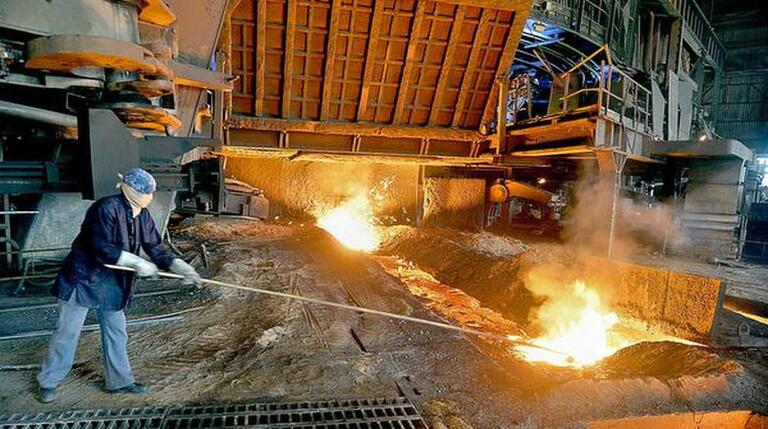
With new tariffs set to take effect this week—dubbed “Liberation Day” by former President Donald Trump—businesses large and small are bracing for significant cost increases that could hit consumers’ wallets hard. From specialty retailers to major food manufacturers, the looming trade taxes are creating uncertainty in an already fragile economy.
For small business owners like Anjali Bhargava, founder of Anjali’s Cup, the new tariffs threaten to derail growth. Her company, which sells Ayurveda-inspired spice blends at retailers such as Whole Foods, relies on imported ingredients and packaging materials from around the world. With thin profit margins, Bhargava fears the added costs could make her business model unsustainable.
“This is heartbreaking,” she said. “I’ve spent years building this business, but with these tariffs, I don’t know if I can keep it going.”
Bhargava had previously shifted manufacturing of her spice tins to China to maintain quality and affordability. Now, with domestic alternatives costing twice as much, she faces tough decisions about pricing and product availability. The uncertainty has even led her to reconsider participating in key industry events like the Specialty Food Association’s Summer Fancy Food Show, a crucial opportunity for growth.
But it’s not just small businesses feeling the pinch. Major food manufacturers, represented by the Consumer Brands Association—which includes companies like Coca-Cola, McCormick, and Clorox—have warned the White House that the current tariff approach could exacerbate supply chain constraints. With inflation still a major concern, many companies have little room to absorb added costs, meaning price hikes for consumers may be inevitable.
“Unlike the last trade war when costs were lower, this time there is nowhere to absorb it,” said Tom Madrecki, vice president of the Consumer Brands Association. “Either prices increase, or U.S. manufacturers bear the brunt.”
One key area of concern is Canadian oats, a staple ingredient in many cereals. Over 90% of oats milled for food in the U.S. come from Canada, and without a sufficient domestic supply, tariffs on imported oats could drive up costs for both producers and consumers. Cedar Rapids, Iowa—home to two of the world’s largest oat purchasers—could face economic fallout as a result.
Beyond food production, the tariffs also threaten industries reliant on global supply chains. Eunice Byun, co-founder of Material Kitchen, has already been forced to raise prices on her steak knife sets from $90 to $110 due to previous tariffs. With potential new trade restrictions, she is now reconsidering plans to shift production to Canada, a move that had initially been intended to mitigate earlier tariff impacts.
Supply chain experts warn that adjusting to these changes isn’t as simple as finding a new supplier. Nick Rakovsky, CEO of DataDocks, explained that businesses must consider a range of logistical factors—from port locations to shipping regulations—before making a switch. The added costs of transitioning supply chains could further drive up expenses for both businesses and consumers.
As industries scramble to adapt, the long-term impact of Trump’s tariff strategy remains uncertain. Some experts note that tariffs can be reversed by future administrations, making it difficult for businesses to plan ahead. Brian Farley of Dun & Bradstreet cautioned that developing new supplier relationships takes time, meaning companies face significant risk if policies shift again in the near future.
For now, businesses across the spectrum—from independent retailers to multinational corporations—are left grappling with the reality of rising costs and an unpredictable trade landscape.




